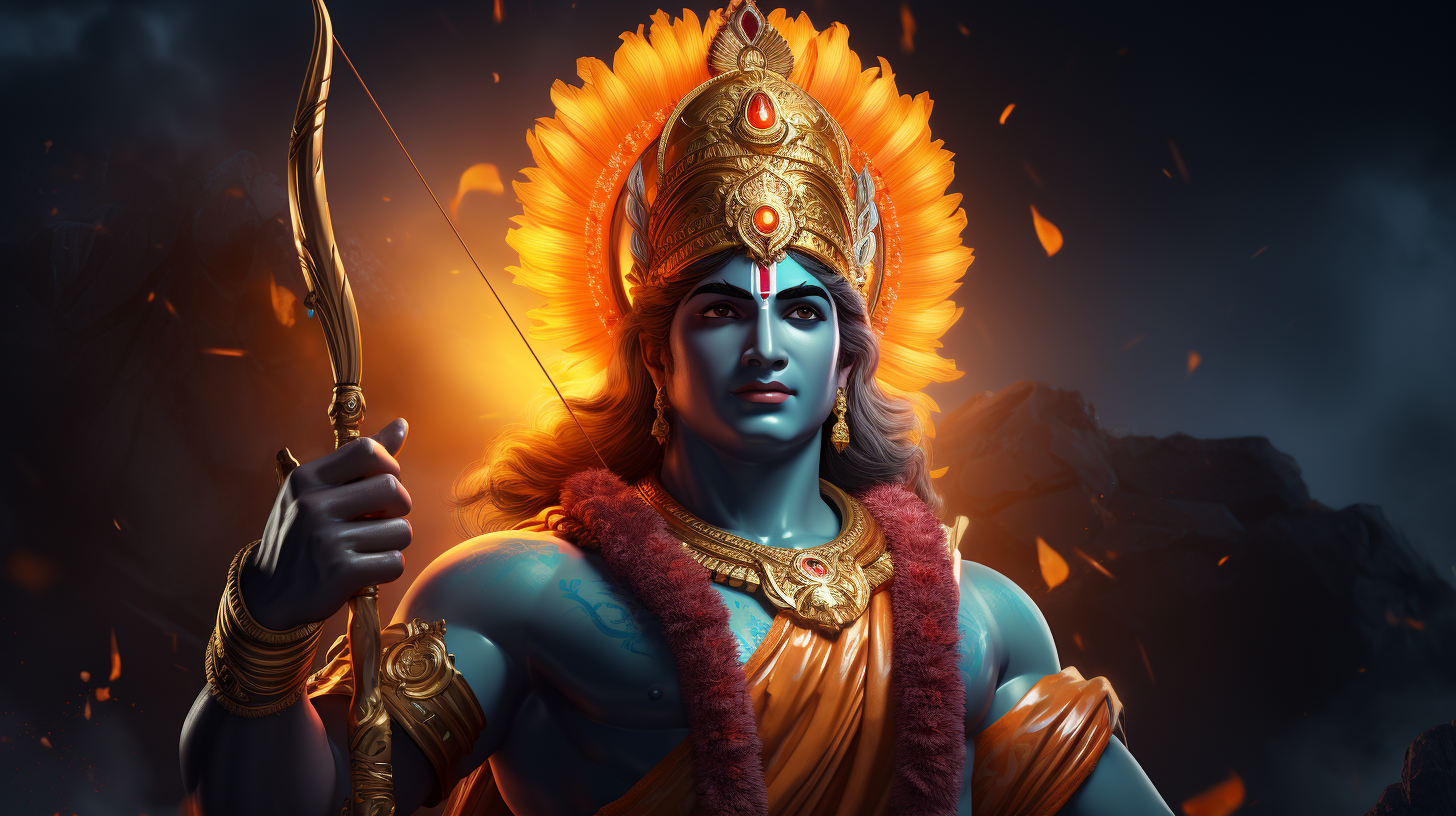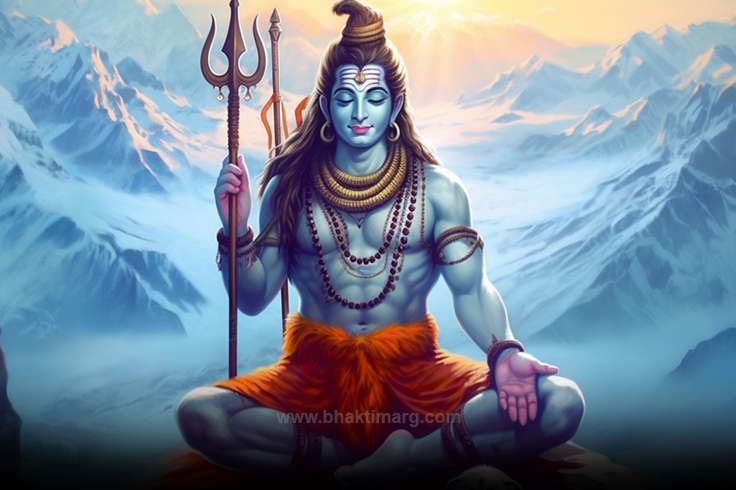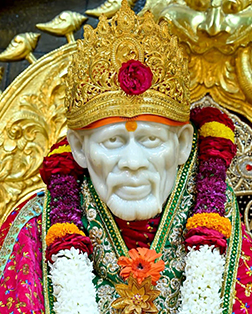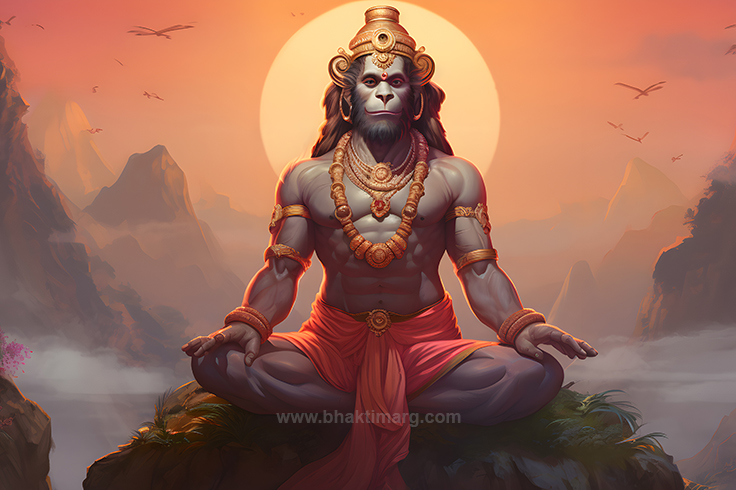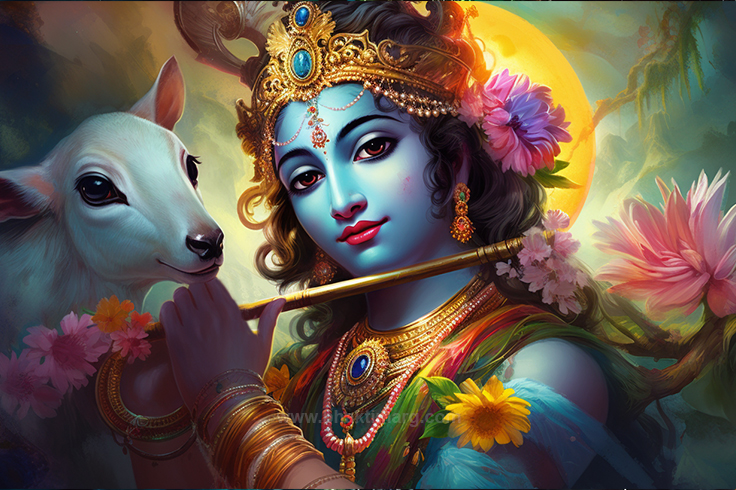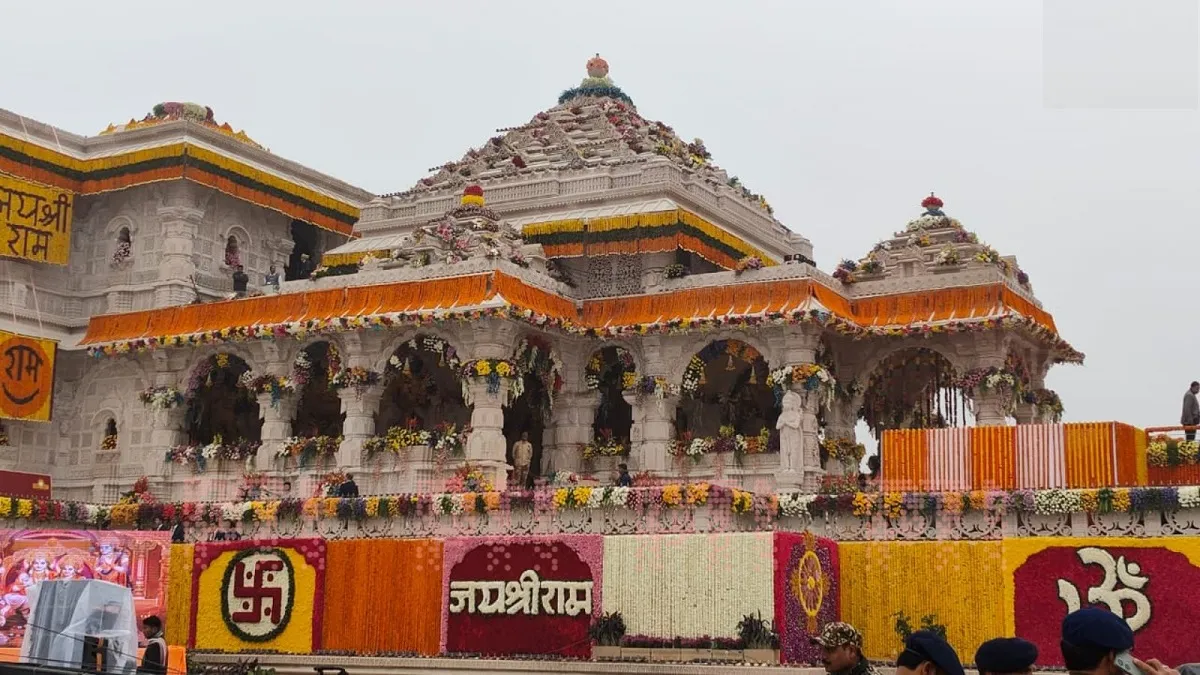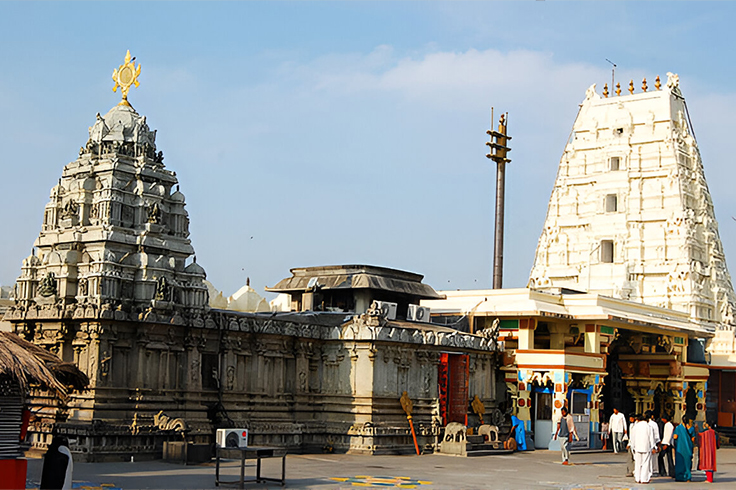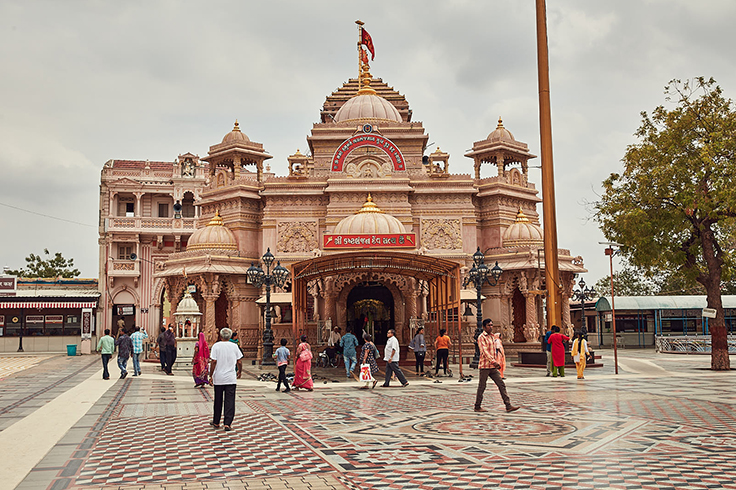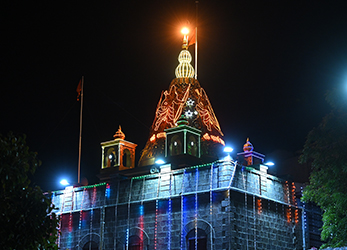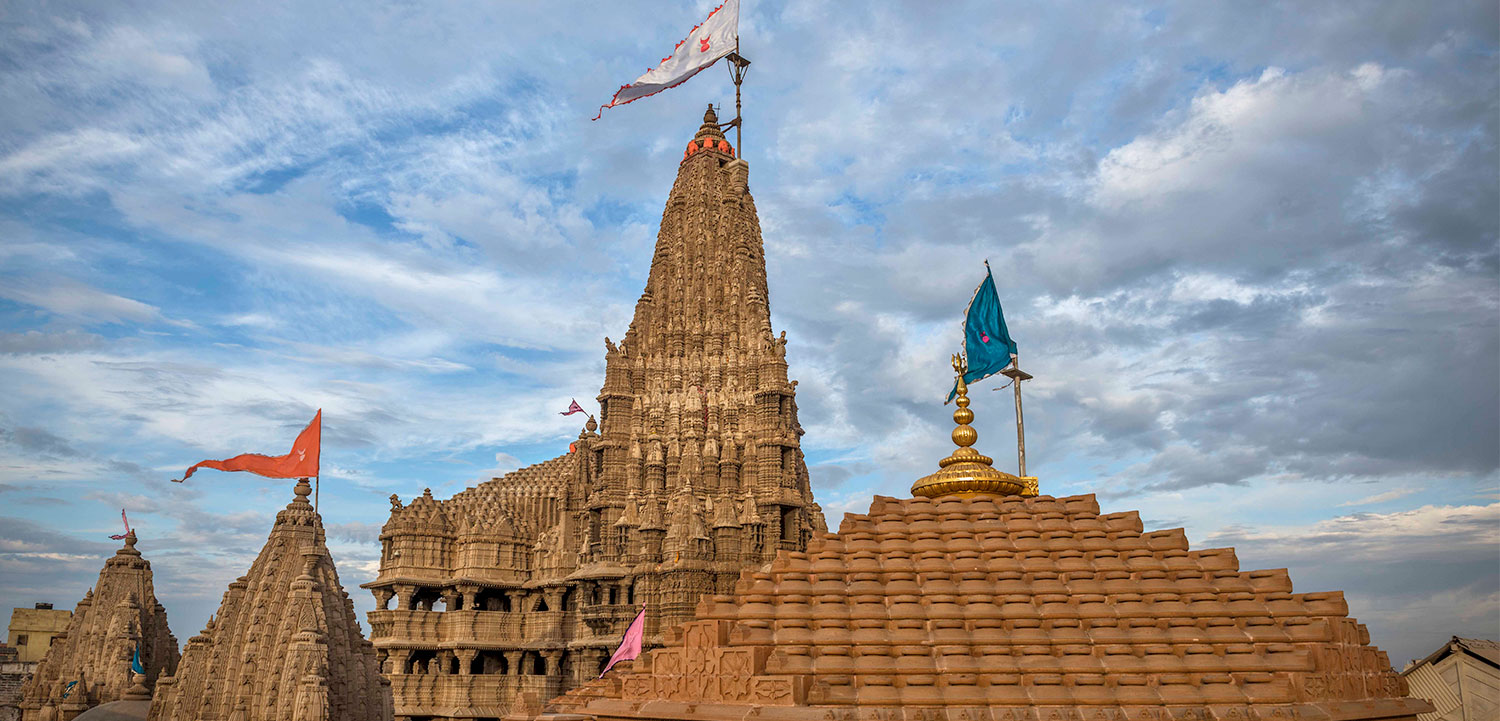Exploring Diverse Mahashivratri Celebrations All Over India
Mahashivratri the word itself denotes a night dedicated to the celebration and devotion of Shiv Bhagwan. There are in total 17 Shivratri that exist celebrating the different virtues, attributes, significance, and blessing of lord Shiva. Out of these, the significance of Mahashivratri is different having divine intonation, orchestration, and an outworldly event related to this day.
The ones following Bhakti Marg are well aware that the existence of Lord Shiva is the essence of universal progress, it is said that he is the origin point of the universe, hence he is called Adidev. Yet the existence of Adi Shakti is said to be the meaning of Shiv Bhagwan’s being, many shruti’s and smriti’s that state goddess Mahadevi is part of Mahadev himself. Shiva is said the male counterpart or energy and Sakti is the female counterpart or energy and they both complete each other, their eternal love is an example for the world.
There is a reason to mention their divine love, as the History of Maha Shivaratri is deeply connected to their ages of proceeding love and devotion. This day is celebrated with great zeal and devotion, there is an innate importance of Mahashivratri celebration and fasting all dedicated to the Lord Shiva. So let’s explore the meaning of the day, its various celebrations, Mahashivratri fasting, and rituals through Bhakti Marg.
Why Do We Celebrate Maha Shivaratri?
Mahashivratri Celebration commences with deep devotion across various cultures in Hinduism all having their own beliefs and ways of celebrating yet having the same devotion and dedication to Mahadev. The reason behind the celebration varies from belief and region so let’s look at the Mahashivaratri story popularly followed, along with some other known through folks,
- The importance of Mahashivratri is innately related to the marriage of Shiva and Shakti, it is said that on this day finally the Lord Shiva and Shakti were tied into marriage according to the worldly ritual, setting an example for ages. Scriptures mention that for the creation of the universe Mahadev, the eternal consciousness, and Mahadevi the energy form were separated as per Bhramha’s request. Later according to the divine orchestration the Goddess took several births in the world to unite with her eternal partner. Yet with a lot of endeavors and ages, she finally succeeded in marrying Lord Shiva as Parvathi as she was able to culminate her powers in this form and was elevated as Mahagauri. The Mahashivratri Fasting has a deeply rooted history and belief in this event, it is said just as with great penance and devotion Parvathi was able to gain Shiv Bhagwan as her husband, if a girl followed this fast with proper ritual she would be able to marry her love, or get loving and caring husband just as the lord
- According to another legend, the Mahashivaratri celebration is to commence the greatness of Shiv Bhagwan. It is said to be the day when lord shiv consumed poison (Halahal) that emerged from the Samudra Manthan by the Gods and Demons. To protect the world Shiva consumed poison and Parvati touched his throat preventing the poison from moving further, which signifies the sacrificing nature of the husband-wife for the sake of world betterment
- Another significance of Mahashivratri is dedicated to the cosmic dance of Lord Shiva known as Tandav symbolizing the cycle of creation, preservation, and destruction. It is believed in one tradition that on this auspicious day, Shiv Bhagwan performed Tandava, and to honor this attribute of the lord is why Shivratri is celebrated
- Another story states that it is celebrated on the day when Mahadev saved the life of Chandra Dev from the curse of Daksha the ruler then and son of God Brahma. This is said to be the reason for the changing phase of the Moon, and the whole night devotees celebrate Shivratri with great zeal praising the lord’s grace and blessings
- One more story of Maha Shivaratri celebrations is the legend of Lubdhaka, a hunter devotee of Shiv Bhagwan. He climbed a Bilva tree to save himself from a tiger and to stay awake plucked the leaves unaware that they were falling on the Shivlinga beneath. This history of Maha Shivaratri highlights the importance of Bilva leaves or Bel Patra as they are called during worship on Mahashivratri
How to Celebrate Mahashivratri?
The Mahashivratri celebration in India varies significantly from region to region, each adding to its unique flavor and traditional observance. So let’s take a look at how the different parts of India celebrate the occasion and observe Mahashivratri fasting,
- In the spiritual capital of India Varanasi, the Mahashivaratri celebration is grand, especially in the Kashi Vishwanath Temple. The whole city is resonated with the chants of Har Har Mahadev as a procession known as Kanwariyas commences carrying water from Ganga to offer at Temple
- In the holy city of Haridwar, devotees gather to take baths in the sacred Ganga to wash their sins and sing aarti at ghats in the evening here Mahashivratri celebration is a sight with ringing bells and floating diya increasing the holy vibrations
- The importance of Mahashivratri is on a different level in the Mahakaleshwar temple in Ujjain, as they conduct a special Shiv Vivah procession symbolizing the divine marriage of Shiva and Parvati
- In Maharashtra, Mahadev is praised in his linga form or at many places in his human Avatar Khanderaya, people observe a day-long Mahashivratri fasting and commence it on the next day after offering ‘Abhishek’ to the Shivlinga
- In the southern states, the celebration is full of devotion for instance in Kerala devotees observe Mahashivratri Fasting and perform ‘Abhishekam’ the divine bath for Shiv Lingam, and conduct a carnival at Aluva on the banks of river Periyar where cultural programs are held and are a major attraction. In Tamil Nadu, it is celebrated in traditional temples where devotees perform Girivalam while walking around the Annamalai hill believing it to ring divine blessing
- Then in Jammu and Kashmir at Shankaracharya Temple in Srinagar, there is a special prayer for Shiv Bhagwan on Mahashivaratri. This festival is known as Herath, showcasing unique rituals and cultural performances blending the Kashmiri pandit traditions with the worship of lord shiva
- Murudeshwar in Karnataka is home to the second tallest Shiva statue and here devotees practice night-long prayers offering the Bilibele leaves dear to the god
- Then in Gujrat, where Somnath Nageshwar Jyotirlinga temple is situated, there is Maha Shivratri Mela attracting many devotees from all over the country and it is the focal point of celebration
- West Bengal, home to the famous Tarakeshwar and Bakreshwar temples, here night-long celebration is done along with Mahashivratri Fasting, meditation, singing hymns and devotional songs in praise of lord Shiva
Despite the regional variations the essence of Mahashivratri and devotion to Shiv Bhagwan unites the diverse cultures of India in singular spiritual observance. And those who cannot enjoy the celebration in famous places here is how to celebrate Mahashivratri at home,
- The very first thing is to engage in Mahashivratri fasting, prepare with purity for the event
- Establish Shivling and perform ‘Abhishek’ while starting and ending the fast
- Practise meditation or bhajan to join with the essence of Lord Shiva
For more details on how to enjoy Mahashivratri celebration and carry out fasting ritualistically do read our on the same. The festival of the importance of Mahashivratri is not limited to the celebration but a spiritual journey, self-growth, and the remission of sins to be connected to Bhakti Marg and attain your life goal keep praising Mahadev, and may he bless us all.




